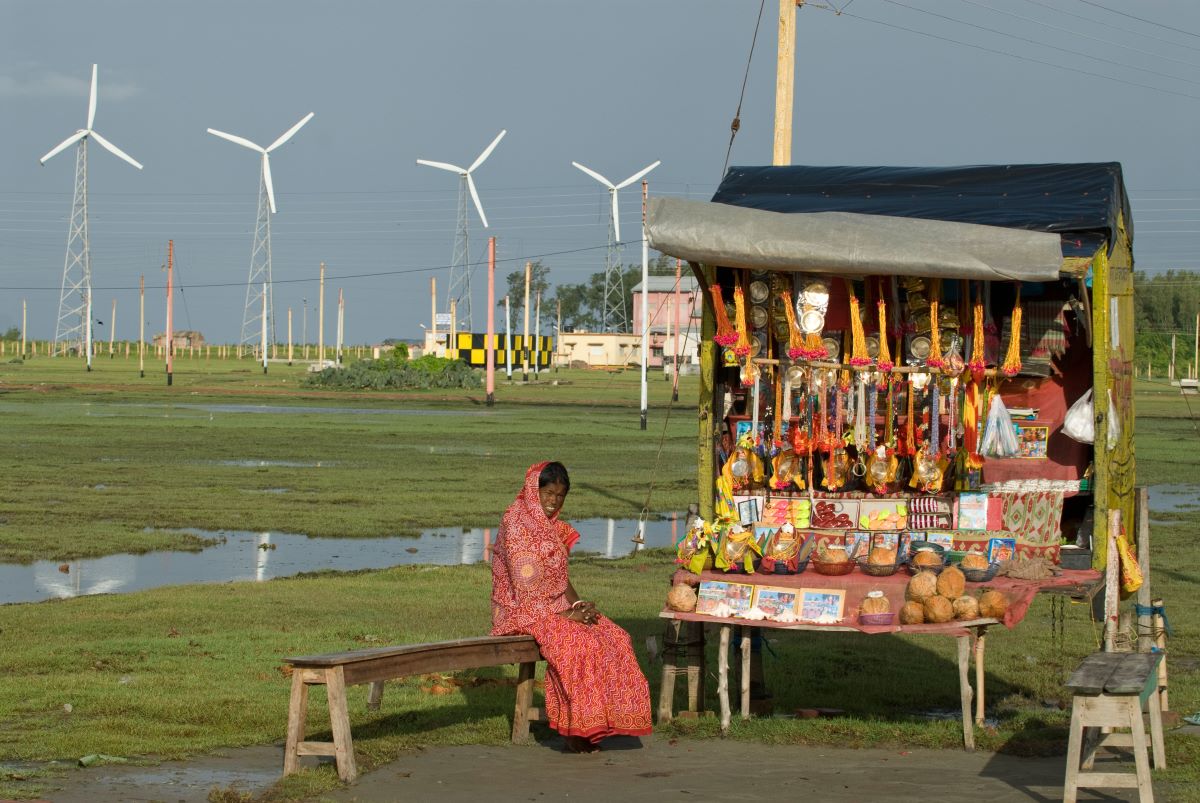The latest report by the Intergovernmental Panel on Climate Change (IPCC), the UN body that brings together the world’s leading scientists, says there is a slim hope of avoiding catastrophic climate change. It is technically feasible for global greenhouse gas emissions to peak by 2025 and reduce by 43% by 2030, according to the Working Group III report. That gives the world a chance to keep global warming within 1.5 degrees Celsius above pre-industrial levels. But past actions have been disappointing. Commenting on the new report, UN secretary-general Antonio Guterres called them “a litany of broken climate promises”.
The past decade, when the most urgent action should have taken place, has instead seen the highest ever emissions. About 17% of total global emissions since 1850, or approximately 410 gigatonnes of carbon dioxide, happened in 2010-19. This has warmed the atmosphere and increased the frequency and violence of storms, floods, droughts, wildfires, sea level rise, receding of glaciers and other disasters. Guterres called the report “a file of shame, cataloguing the empty pledges that put us firmly on track towards an unliveable world”.
2,400 GtCO2
Approximate amount of CO2 emitted by humans since 1850. Current global temperatures are 1.17 degrees Celsius higher than in 1850.
The report’s summary for policymakers was finalised more than two days behind schedule as representatives of some of the world’s governments fought to water it down. According to participants who requested anonymity, delegates from India insisted that the “right to development” of low-income countries, and promises broken by rich countries be included in the summary. Rich countries are responsible for most of the emissions since 1850, leaving little space in the “carbon budget” for the rest of the world. Simultaneously, rich countries have failed to provide promised finance to poor countries that would help them shift to greener growth trajectories.
Can renewables save us from catastrophic climate change?
There is good news, especially in the rapid expansion of solar, wind and other renewable energy sources. “Unit costs of several low-emission technologies have fallen continuously since 2010,” the report says, in some cases by up to 85%. Jim Skea, co-chair of Working Group III, said the annual rate of emissions growth fell from 2.1% to 1.3% in 2010-2019.
IPCC chair Hoesung Lee said: “There are policies, regulations and market instruments that are proving effective. If these are scaled up and applied more widely and equitably, they can support deep emissions reductions and stimulate innovation.”
Still, current emissions-control pledges are grossly inadequate, the report points out. They would lead to a world that is 3.2C warmer by 2100. The world is now 1.17C hotter, and the impacts are already devastating. The IPCC says that unless steps are taken now, it will require more mitigation at a higher cost after 2030 to keep average temperature rise within 2C.
To keep warming within 1.5C, global carbon dioxide emissions must reach net zero in the early 2050s. To keep it within 2C, they must reach net zero in the early 2070s. These pathways include carbon dioxide removal (CDR) from the atmosphere. Methods to do so include controversial carbon capture and storage (CCS), which is still not commercially viable, or bioenergy with carbon capture and storage (BECCS), which may take land away from food crops.
What is net zero?
Net zero is when greenhouse gases emitted are balanced by those that are absorbed – either by natural sinks, such as forests, or by technological methods, such as carbon capture and storage.
This is the sixth round of reports since the birth of the IPCC, and this time there is emphasis on managing energy demand. Joyashree Roy of the Asian Institute of Technology, another coordinating lead author of the report, pointed out: “Demand management can account for 66% of the emissions.” This would include steps from switching off gadgets not in use to using public transport and electric vehicles that are powered by renewable energy. Cities account for two-thirds of global emissions, but can do a lot by planting trees, reviving waterbodies and providing public transport that is safe and comfortable.
Everything is connected
Looking at climate mitigation as a standalone activity of one or two ministries is not going to solve the problem, pointed out Navroz Dubash, coordinating lead author of a chapter in the report. “These are complex governance challenges working across ministries and across scales. You have to look at transitional and distributional justice and sustainability, rather than addressing mitigation by itself.”
Roy referred to “good practice examples” from India, such as access to clean cooking fuel across the country, and significant public transport improvement in the city of Kolkata in consultation with commuters that has led to emission reductions.
Priyadarshi Shukla of the Indian Institute of Management Ahmedabad and a Working Group III co-chair, said: “Having the right policies, infrastructure and technology in place to enable changes to our lifestyles and behaviour can result in a 40-70% reduction in greenhouse gas emissions by 2050. This offers significant untapped potential. The evidence also shows that these lifestyle changes can improve our health and well-being.”
There will be consequences from moving away from fuels such as coal, oil and gas. We do not only need to avoid catastrophic climate change, but there needs to be a “just transition” that will address issues of equity and employment. Dubash said such a transition will have to be worked out by national and local governments, because the situation is not the same in all countries. “Just transition away from coal will not be the same in India, South Africa and Australia.”
The report says: “Broad and meaningful participation of all relevant actors in decision-making at all scales can build social trust and deepen and widen support for transformative changes.”









